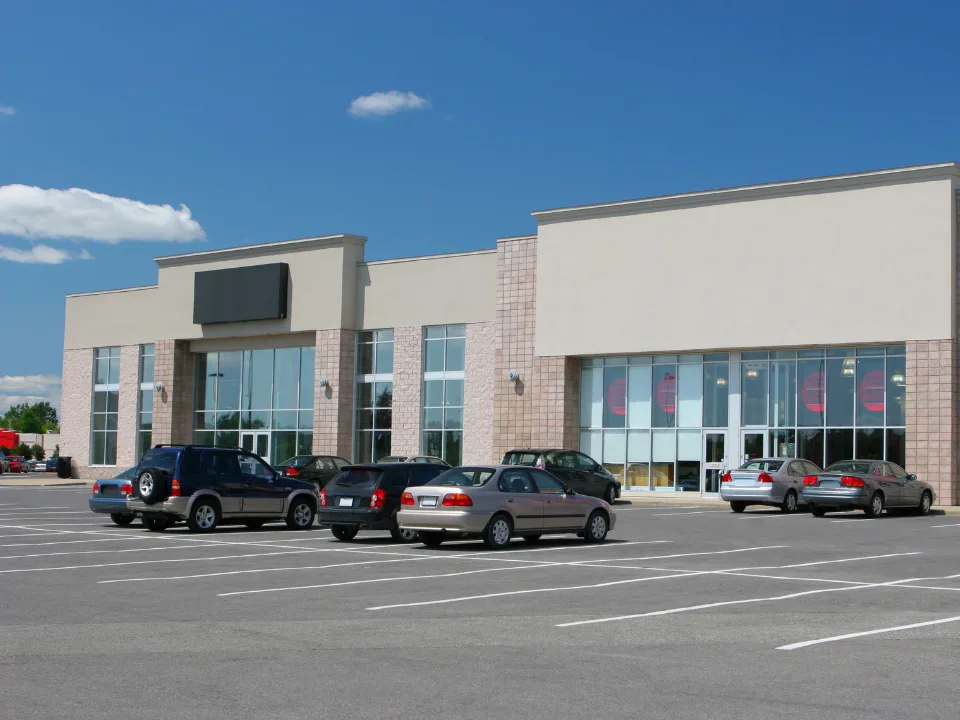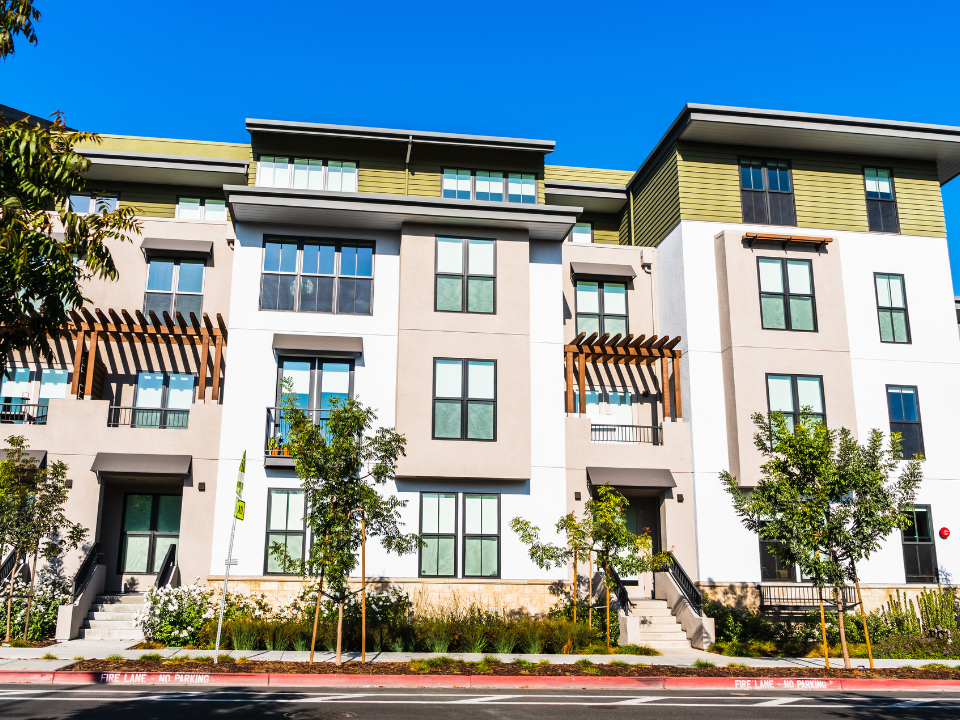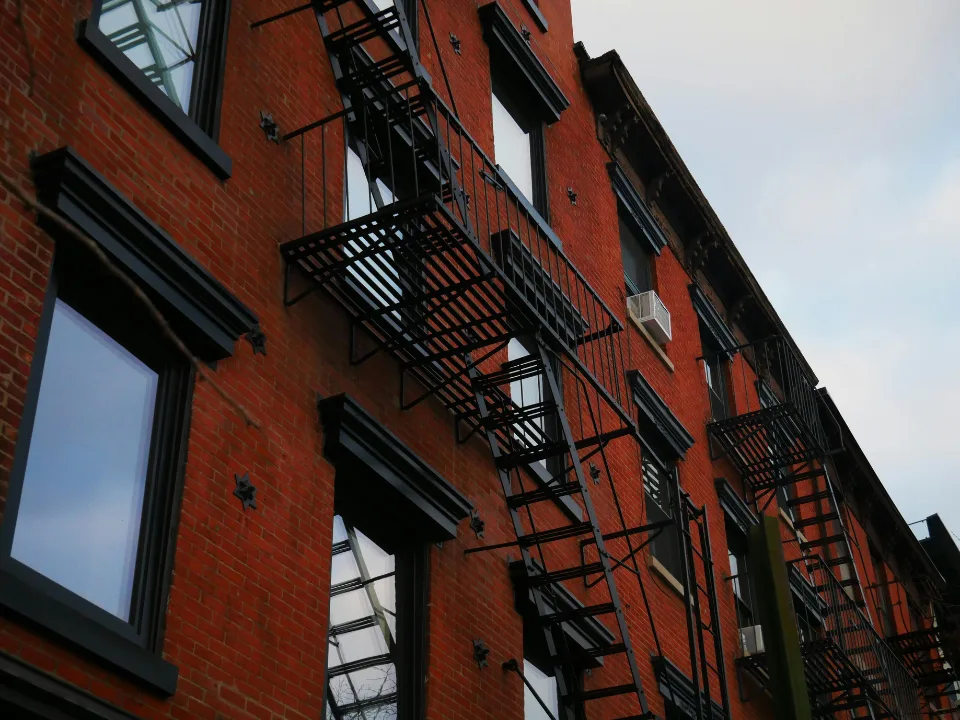- U.S. apartment occupancy remained steady at 94.1%, marking 10 consecutive months of negligible change.
- Rent growth has been nearly flat, up 0.4% YoY in August and falling well below the decade average.
- The Midwest and Northeast led rent growth, while Austin saw the single steepest decline with an 8% YoY rent cut.
The U.S. apartment market remained stable in August, with occupancy rates unchanged at 94.1%, or near-zero fluctuations over the past 10 months, according to RealPage Market Analytics.
This stable trend underscores the sector’s long-term stability, with rent growth following a similar trajectory as occupancy rates.
Stable Occupancy
Occupancy in U.S. apartments has remained remarkably stable, with no significant deviations for nearly a year. In August, occupancy stood at 94.1%, slipping just 0.03% from July’s 94.16%.
While the difference was so minor that it required rounding to notice, it does highlight the steadiness of the sector. However, August occupancy was still 40 bps lower than the same time last year.
Rents and Revenues
Rent change also reflected this stability, with YoY growth at a modest 0.4%. This mild rent growth trend has persisted for 13 consecutive months. Sadly, it’s still far below the decade average for the U.S. apartment market.
Apartment revenue growth remained stagnant in Q2, with YoY growth flat for the past two months. This comes after 13 straight months of falling revenues. However, a few markets like Detroit, DC, Richmond, and Virginia Beach enjoyed 3% or higher revenue growth in the last year.
Region by Region
The Midwest and Northeast stood out as the strongest regions for rent growth in August. The Midwest saw rent gains of 2.9%, while the Northeast followed closely at 2.7%. Among major U.S. apartment markets, Milwaukee, DC, and Kansas City led rent growth with 3.4–3.6% YoY gains.
On the flip side, Austin really struggled, posting an 8% rent cut, nearly double the reductions seen in other major multifamily markets. Most rent declines occurred in the South, with Phoenix being a notable outlier in the West.
Why It Matters
Although U.S. apartment revenues aren’t rising just yet, the long-term stability of both occupancy rates and rent growth offers a steady foundation for a resilient and recovering post-pandemic market.
Consistent performance in regions like the Midwest and Northeast suggests localized growth, while other markets, particularly in the South, continue to face challenges.

















